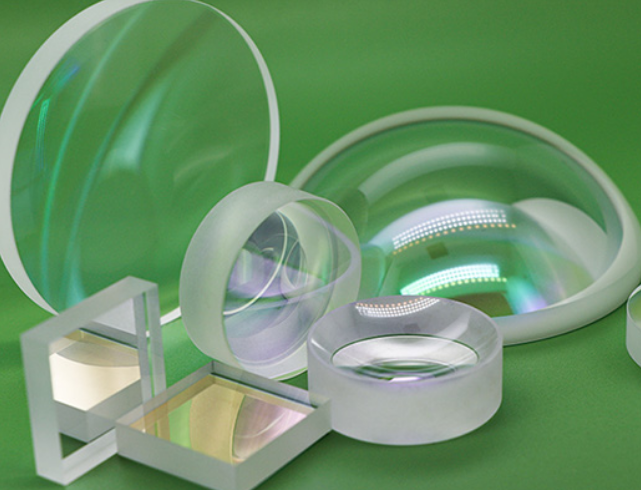Pros and Cons of Color-Corrected Achromatic Lenses
Jan. 12, 2024
Lenses play a crucial role in optics, influencing our perception and interaction with the world. Achromatic lenses, a longstanding component in optical technology, tackle chromatic aberration, a prevalent optical flaw that leads to color fringing. Within this category, color-corrected achromatic lenses stand out for their specialized focus on enhancing this correction. This article explores the benefits and limitations associated with the use of color-corrected achromatic lenses.
Production Process of Achromatic Lenses
Achromatic lenses, essential for color correction, are created by combining concave and convex lens elements with varying dispersions. This combination forms an achromatic doublet, the most prevalent type, although triplet lenses are also employed. Prominent manufacturers such as Shanghai Optics adhere to a systematic process:
Lens Component Formation: Various optical glasses undergo melting, stirring, and pouring into molds to shape lenses according to the required correction.
Achromat Assembly: Individual lenses are carefully aligned and cemented together to construct an achromat capable of efficiently correcting chromatic aberration.
Integration into Lens Systems: The achromat is seamlessly integrated into lens assemblies designed for diverse applications, including microscope objectives and telescopes.
Manufacturers may tailor the lens design, sometimes adding aspheric properties to address spherical aberration along with chromatic aberration.
Advantages of Color-Corrected Achromatic Lenses:
1. Compact and Lightweight: These lenses are well-suited for portable devices as they are more compact and lighter than comparable designs, adhering to size and weight constraints.
2. Versatility: With applicability in various optical systems such as cameras, microscopes, telescopes, and eyeglasses, these lenses prove valuable across a range of disciplines including photography, astronomy, and microscopy.
3. Enhanced Image Quality: By meticulously combining different lens elements, color-corrected achromatic lenses significantly enhance image quality, eliminating distracting color fringing associated with chromatic aberration.
4. Cost-Effective Production: While not entirely eliminating chromatic aberration, these lenses are often more cost-effective compared to specialized designs like apochromatic lenses, making them accessible to a broader user base.
5. Wider Aperture: Particularly advantageous in low-light conditions or for achieving a shallow depth of field, color-corrected achromatic lenses often allow for wider apertures. The absence of chromatic aberration ensures sharp, distortion-free images even at these wider apertures.
Disadvantages of Color-Corrected Achromatic Lenses:
1. Weight and Size Trade-offs: Despite their comparative compactness and lighter weight, color-corrected achromatic lenses may still be bulkier and heavier than basic single-element lenses, presenting challenges in situations prioritizing minimized equipment size and weight.
2. Limited Correction: While proficient in reducing chromatic aberration, color-corrected achromatic lenses may exhibit residual aberration, particularly at the edges of the image field.
3. Limited Aperture Control: Despite offering wider apertures, these lenses may lack the same aperture control as specialized lenses, impacting creative options for photographers and cinematographers.
4. Reduced Light Transmission: Achromatic lenses, including color-corrected versions, may slightly diminish light transmission compared to simpler designs. This consideration is crucial in applications where maximizing light throughput is essential.
5. Complex Design: Achieving effective color correction requires intricate and precise optical designs, leading to more challenging and expensive manufacturing and maintenance processes.
Color-corrected achromatic lenses represent a significant advancement in optics, effectively addressing chromatic aberration. Their advantages, such as enhanced image quality, wider apertures, versatility, and cost-effectiveness, have established them as popular choices across various optical systems. However, it is crucial to acknowledge their limitations—limited correction, complex design, reduced light transmission, aperture control, and trade-offs in weight and size—when selecting lenses for specific applications. The ultimate lens choice hinges on the specific needs of the optical system and the acceptable trade-offs in terms of cost, size, and performance. While color-corrected achromatic lenses bring undeniable value, a thoughtful consideration of their pros and cons is essential for making informed decisions and achieving the desired optical outcomes.




















